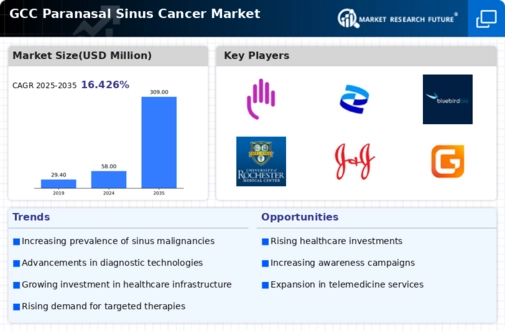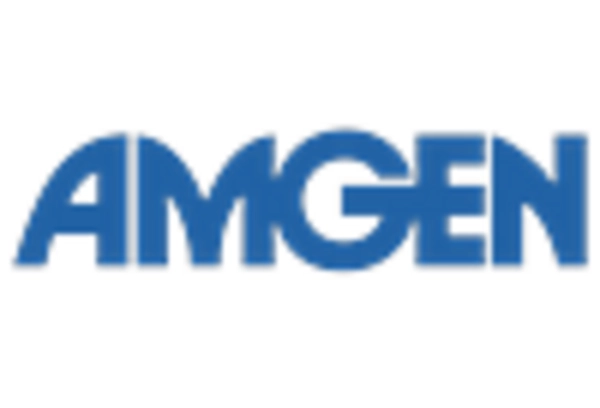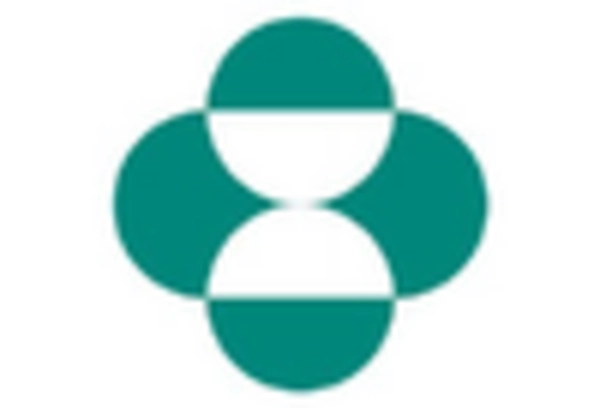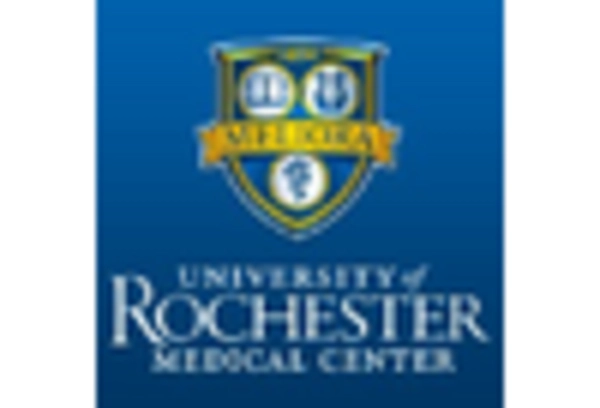Rising Healthcare Expenditure
The rising healthcare expenditure in the GCC region is a crucial driver for the paranasal sinus-cancer market. Governments are increasingly allocating funds to improve healthcare infrastructure and cancer treatment facilities. For instance, healthcare spending in the GCC is expected to reach approximately $100 billion by 2025, reflecting a commitment to enhancing cancer care services. This increase in funding is likely to support the development of specialized cancer treatment centers and the availability of advanced therapies. Consequently, patients will have better access to treatment options, which may lead to a higher demand for services related to the paranasal sinus-cancer market. This trend indicates a positive outlook for market growth in the coming years.
Growing Awareness of Sinus Cancer Symptoms
The increasing awareness of paranasal sinus cancer symptoms among the general population is a notable driver in the paranasal sinus-cancer market. Educational campaigns and health initiatives have been implemented across the GCC, leading to earlier detection and diagnosis. This heightened awareness is likely to result in a greater number of patients seeking medical attention, thereby increasing the demand for diagnostic services and treatment options. As a result, healthcare providers are expected to invest more in advanced diagnostic technologies, which could potentially enhance the overall market landscape. Furthermore, the rising number of healthcare professionals specializing in oncology within the region may contribute to improved patient outcomes, further stimulating growth in the paranasal sinus-cancer market.
Technological Innovations in Diagnostic Tools
Technological advancements in diagnostic tools are significantly influencing the paranasal sinus-cancer market. Innovations such as advanced imaging techniques, including MRI and CT scans, have improved the accuracy of sinus cancer diagnoses. The integration of artificial intelligence in imaging analysis is also emerging, potentially enhancing early detection rates. In the GCC, the market for diagnostic imaging is projected to grow at a CAGR of approximately 7% over the next few years, reflecting the increasing investment in healthcare technology. These innovations not only facilitate timely diagnosis but also contribute to more personalized treatment plans, thereby positively impacting patient outcomes and driving market growth.
Collaboration Between Public and Private Sectors
Collaboration between public and private sectors is emerging as a significant driver in the paranasal sinus-cancer market. Partnerships between government health agencies and private healthcare providers are fostering innovation and improving access to cancer care. Such collaborations may lead to the establishment of specialized cancer treatment programs and research initiatives aimed at enhancing treatment efficacy. In the GCC, these partnerships are likely to result in increased funding for clinical trials and research, which could potentially lead to the development of novel therapies. This collaborative approach not only enhances the quality of care but also stimulates growth in the paranasal sinus-cancer market by expanding treatment options available to patients.
Increasing Incidence of Environmental Risk Factors
The increasing incidence of environmental risk factors associated with paranasal sinus cancer is a notable driver in the market. Factors such as air pollution, exposure to industrial chemicals, and occupational hazards are prevalent in certain areas of the GCC, potentially contributing to higher cancer rates. As awareness of these risk factors grows, there is likely to be an increase in screening and preventive measures. This trend may lead to a greater demand for healthcare services focused on early detection and treatment of paranasal sinus cancer. Consequently, the paranasal sinus-cancer market may experience growth as healthcare providers respond to the rising need for effective management strategies addressing these environmental concerns.

















Leave a Comment